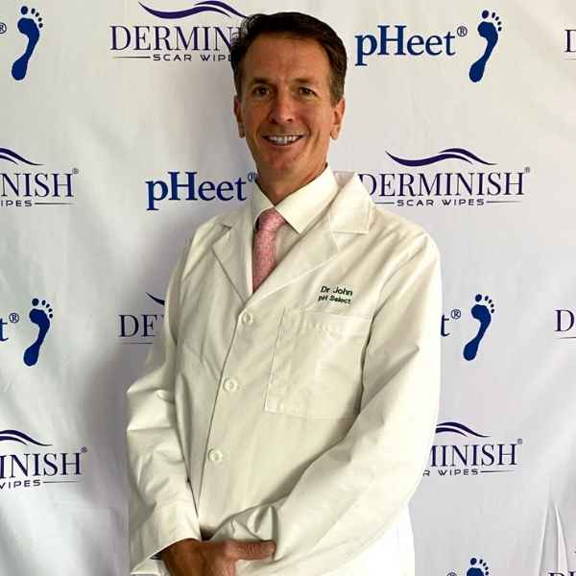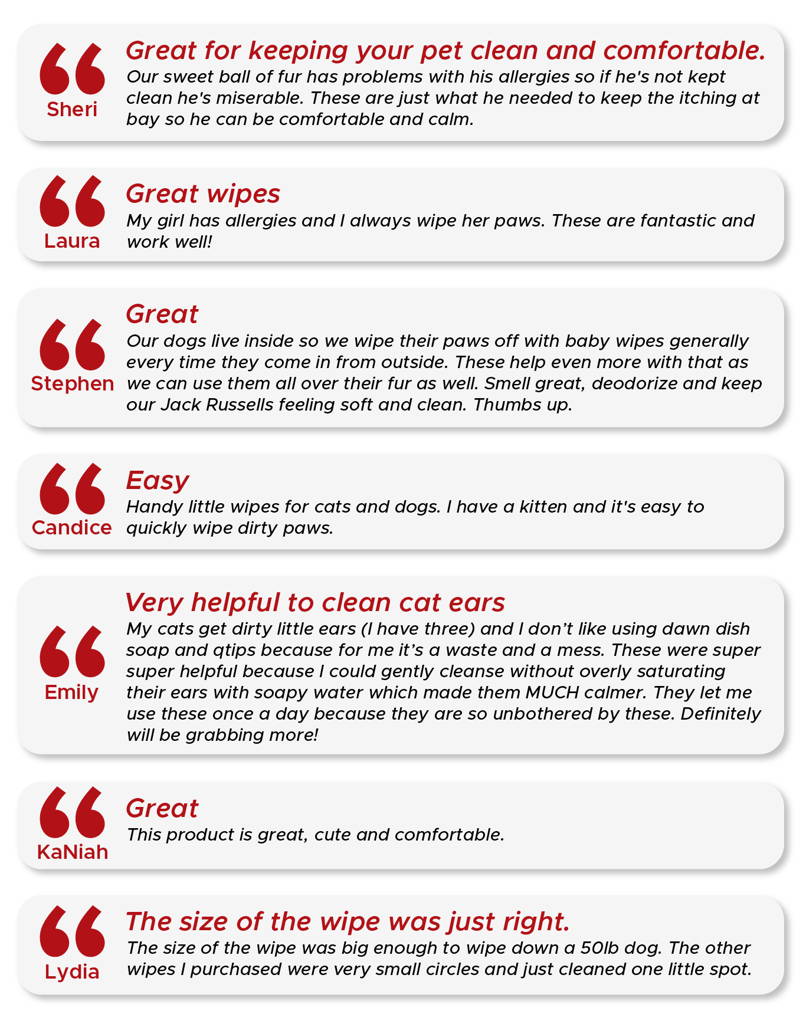NATURAL PET CARE IS ON THE RISE
The Secret to Healthy, Happy Skin for Your Pets!
Published 16 March 2023
As a loving pet owner, you want your furry friend to be happy, healthy, and comfortable.
Unfortunately, many pets suffer from skin irritations and discomfort that can impact their quality of life.
Dry, itchy, and inflamed skin can cause your pet to feel uncomfortable and agitated, and can even lead to more serious issues if left untreated.
For too long, pet owners have had to rely on products that provide little to no relief, leaving their pets to suffer in silence.
But now, there's a solution that can provide real, lasting relief for your pet's skin issues.
Keep reading to discover how this scientifically proven solution has helped pets across the country overcome skin issues, and why it's highly sought after by pet owners who demand the best for their furry friends.
What people are saying:
Fed up with costly vet visits and ineffective pet skincare?

Say goodbye to vet bills and ineffective pet skincare at last!
A scientific study by Dr. John Swierzewski, DPM, a lifelong eczema patient, has shown that a formulation of a specific pH is the only way to realign and naturally hydrate the skin.

Dr. John has applied this research to develop Antifungal & Antibacterial Pet Wipes with the same pH level, which effectively relieve skin issues in pets. Dr. John, as a podiatrist, also discovered that the pH wipes can help pets with fungus and itchy skin.
Introducing PawsFurUs® Pet Wipes, the all-natural solution made in the USA that effectively manages skin issues in pets. Using our wipes can provide your furry friend with a variety of benefits, such as:
- Soothes and calms inflammation and itching caused by skin irritations
- Refreshes and moisturizes dry, cracked, and flaky skin
- Provides an easy way to clean pets after being outside
- Wipes away tear stains for a cleaner appearance
- Forms a protective barrier on the skin to prevent future irritations
Disclaimer: This site is not a part of the Facebook website or Facebook Inc. Additionally, This site is NOT endorsed by Facebook in any way. FACEBOOK is a trademark of FACEBOOK, Inc.
Representations regarding the efficacy and safety of pHeet® have not been evaluated by the Food and Drug Administration. The FDA only evaluates foods and drugs, not health care products like these. They are not intended to diagnose, prevent, treat, or cure any disease. This information does not constitute medical advice and it should not be relied upon as such. Consult with your doctor before modifying your regular medical regime.
Scientific REFERENCES: 1. Kenichiro Chikakane, MD, Hisashi Takahashi, MD, PhDMeasurement of skin pH and its significance in cutaneous diseases, Clin in Dermatology.VOLUME 13, ISSUE 4, P299-306, JULY, 1995Clinics in Dermatology 2. Hans Christian Korting, MD, Otto Braun-Falco, MDThe effect of detergents on skin pH and its consequencesVOLUME 14, ISSUE 1, P23-27, JANUARY 01, 1996International Academy of Cosmetic Dermatology 3. F. BREIDT, JR., J. S. HAYES, AND R. F. MCFEETERSIndependent Effects of Acetic Acid and pH on Survival of Escherichia coli in Simulated Acidified Pickle Prod Jrnl of Food Protection, Vol. 67, No. 1, 2004, Pages 12–18 4. Alakomi, H. L., E. Dkytta, M. Saarela, T. Mattila-Sandholm, K. Latva-Kala, and I. M. Helander. 2000. Lactic acid permeabilizes Gram negative bacteria by disrupting the outer membrane. Appl. Environ. Microbiol. 66:2001–2005. 5. Breidt, F., J. S. Hayes, and H. P. Fleming. 2000. Reduction of microflora of whole pickling cucumbers by blanching. J. Food Sci. 65:1354–1358. 6. Brudzinski, L., and M. A. Harrison. 1998. Influence of incubation conditions on survival and acid tolerance response of Escherichiacoli O157:H7 and non-O157:H7 isolates exposed to acetic acid. J.Food Prot. 61:542–546. 7. Castanie-Cornet, M.-P., T. A. Penfound, D. Smith, J. F. Elliott, andJ. W. Foster. 1999. Control of acid resistance in Escherichia coli. J.Bacteriol. 181:3525–3535. 8. Diez-Gonzalez, F., and J. B. Russell. 1997. The ability of Escherichiacoli O157:H7 to decrease its intracellular pH and resist the toxicity 9. Mayerhauser, C. M. 2001. Survival of enterohemorrhagic Escherichia coli O157:H7 in retail mustard. J. Food Prot. 64:783–787. 10. McKellar, R. C., and K. P. Knight. 1999. Growth and survival ofvarious strains of enterohemorrhagic Escherichia coli in hydrochloric and acetic acid. J. Food Prot. 62:1462–1469.
